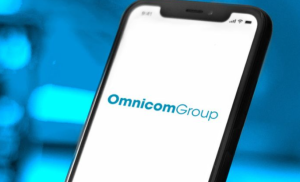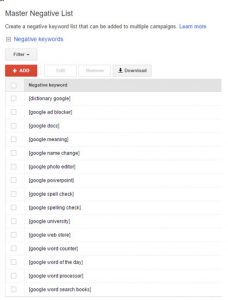— July 26, 2017

Free-Photos / Pixabay
The goal of marketing is to engage an audience in order to sell the products, services, and identity that your business offers. In many ways, all effective onboarding programs share these same goals. Think about it—it’s important to keep new hires interested and attentive during training so that you can “sell” them on the mission, culture, and work of your company. In addition to teaching them the practical skills they’ll need in their new job, onboarding is really about communicating the corporate identity that the newcomer is being welcomed into, just like marketers do with clients.
Even though training and marketing departments may not cross paths very often in daily corporate operation, they have a lot in common in terms of strategy. Therefore, if you’re looking to improve onboarding, look no further than the theories being applied in your own marketing department.
Here are three marketing strategies that can be directly applied to onboarding to create engaging, effective, and innovative training for new employees.
- Know your customer (or learner). When it comes to designing marketing content, targeted and specific are always better than general and vague. You simply can’t appeal to all audiences at once, and trying to do so will make your message sound generic and impersonal. Instead, highly effective marketing campaigns start with thorough research into potentially interested parties and their needs. The better you know your customer base, the better you will be able to tailor your content in a way that captures their attention. The same principle applies to onboarding. If you want your employees to remember and apply the principles from their onboarding, the content must be customized to their unique needs. By filling their initial training with specific skills that they can apply on a regular basis in their job, you can dramatically increase overall knowledge retention and engagement.
- Meet them where they are. Once you know your audience, you can use that knowledge to make an informed choice about your communication method. In marketing, it’s critical to make your content easy to find and accessible for your intended audience—if they have to dig through the Internet to find you or can’t find your contact information quickly, they’re going to lose interest. In onboarding, accessibility is just as important. First of all, the training needs to be in a format that makes sense for the trainees. If the training is for people who will spend their days speaking with clients by phone or in person, then a traditional, online, click-through training doesn’t make much sense. Instead, a program that combines individual online learning with in-person, instructor-led sessions will help them build the communication skills they’ll need every day to represent your company well. Programs with a thoughtful, intentional format may take more time and effort to develop, but they give you a much better chance of getting a good return on your investment than generic training options.
- Follow the 90-Day Rule. Marketing professionals live by the “90-Day Rule,” which means checking in regularly with clients and potential clients—at least once every 90 days. People are busy, and they have short memories. If you don’t communicate frequently and positively, they’re going to forget about you, your company, and your message. This golden rule of marketing also has useful applications for corporate training. No matter how well you structure it, onboarding is a whirlwind time for new employees. They’re trying to learn the skills and responsibilities involved in their new job, but they’re also adjusting to your company’s culture, people, and workflow. That’s a lot to take in, and some research suggests that the first 90 days are make-or-break for new employees. If you want your onboarding to stick and your new hires to be successful, you must follow up at least once within the first 90 days. This follow-up can take many forms, including:
– Additional training that will refresh the most essential ideas and skills
– An in-person meeting with the training director to answer any new questions the new hire may have after a few weeks on the job
– An informal email directing the new hire to useful company resources and leaving the door open for further questions, advice, and training
The nature of the follow-up should depend on the new employee’s unique role and needs, but no one should be left alone to sink or swim after initial onboarding is complete.
Onboarding should be as interesting and relevant as your marketing content
Great marketing campaigns thrive on dynamic, relatable content that keep an audience engaged, and the same can be said of great onboarding programs. The eLearning and training industries can learn a great deal from marketing theory, and following these three tips is a good way to start making your onboarding as memorable, relatable, and powerful as your company’s best marketing campaigns.
Business & Finance Articles on Business 2 Community
(34)





